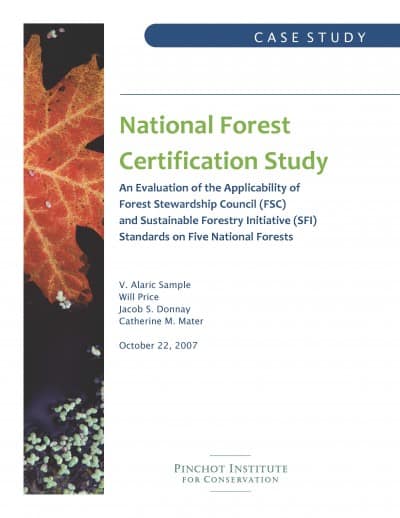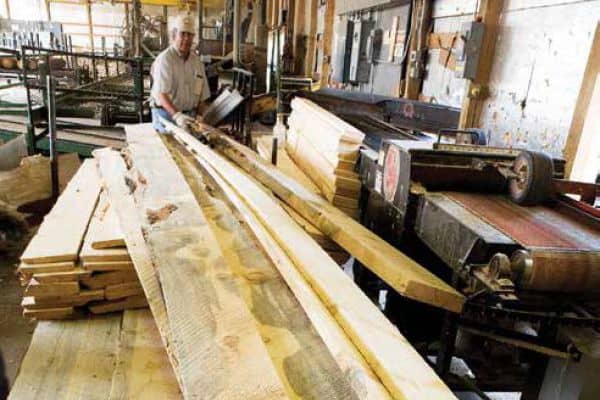
I have a set of notes, which I have been unable to locate, however here is some information about the hearing I attended last week. In general, the dialogue among Coloradans was more focused on specific practices than the generalized partisan nature of some D.C. hearings. The point of the hearing, after all, was to find out what Coloradans are thinking and doing. But I will give my impressions after I find my notes.
The first panel was Gale Norton and Mike King..Mike is the Director of Natural Resources for the State of Colorado, in the Hickenlooper Administration (D). He started off by saying that that forest health and wildfire issues are beyond partisanship (or similar words).
Here’s a link to his testimony as well as others. Below is an excerpt from Mike’s testimony here.
Recovery From 2012 Wildfires
As the Committee is likely aware, Colorado had an intense fire season in 2012. It started uncharacteristically early and led to a great deal of damage. The Lower North Fork, the High Park, and the Waldo Canyon fires all occurred along the highly populated metropolitan corridor from north of Fort Collins down south to Colorado Springs. Collectively, those fires resulted in six fatalities, scorched 110,368 acres, and destroyed 744 structures.
Recovery efforts began before the fire season was over last summer, and has continued. Federal support in the form of increased funding for the Emergency Watershed Projection program was recently included in the Continuing Resolution for the FY13 federal budget, and will be instrumental in helping our local governments. Nearly $20 million is expected to come to the state as a result of this measure, and treatments will include mulching, seeding, channel stabilization, and contour tree felling. However, with so many resource values in need of attention – water quality, erosion, road corridors, revegetation – even this robust federal support is insufficient to meet the need completely.
Local governments began meeting a few months ago to coordinate their fire recovery efforts, share information about funding, and learn from each other’s experiences. As a part of those conversations, entities that have been engaged in the range of recovery activities have tracked those expenditures. To date, state and local public funds spent on recovery from the Waldo Canyon fire in Colorado Springs has totaled $10.5 million; recovery from the High Park fire in Fort Collins has totaled $9 million. Those funds don’t include the millions that were lost in private property and insurance claims. It is with
this damage in mind that Colorado has worked to elevate forest health and wildfire risk reduction to the highest policy levels.
Federal Role
Authorities
Governor Hickenlooper, in sync with other Western Governors, has identified two federal authorities that have played a key role in Colorado as we work to find a private market for forest products, enhance the health of our forests, and reduce the risk from wildfire. Those provisions are Stewardship Contracting and Good Neighbor Authority.Stewardship Contracting allows the USFS to focus on goods (trees and other woody biomass) for services (removal of this material), and helps the agency make forest treatment projects more economical. Individuals who seek to build a business that requires a reliable supply of timber have consistently reported that long term Stewardship Contracts provide them with the security they need to secure investments. We support permanent authorization for stewardship contracting.
Good Neighbor Authority allows states, including our own Colorado State Forest Service, to perform forest treatments on national forest land when they are treating neighboring non-federal land. This landscape-scale approach is essential for achieving landscape-scale forest health. Fires don’t respect ownership boundaries. We support permanent authorization for Good Neighbor Authority.
Fire Suppression
Early response to wildfires is essential to ensure public safety, reduce costs, and minimize damage to natural resources. Western Governors have repeatedly noted their concern with the ongoing pattern whereby land management agencies exhaust the funds available for firefighting and are forced to redirect monies from other programs, including, ironically, fire mitigation work. Raiding the budgets for recreation in order to pay for fire suppression presents a significant problem in Colorado, where our outdoor recreation opportunities on public land are unparalleled. We support minimizing fire transfer within the federal land management agencies, and more fully funding existing suppression accounts.
As far as I can tell, there were no professional journalists at the hearing.If you see news stories that were generated from a journalist attending, please let me know.

